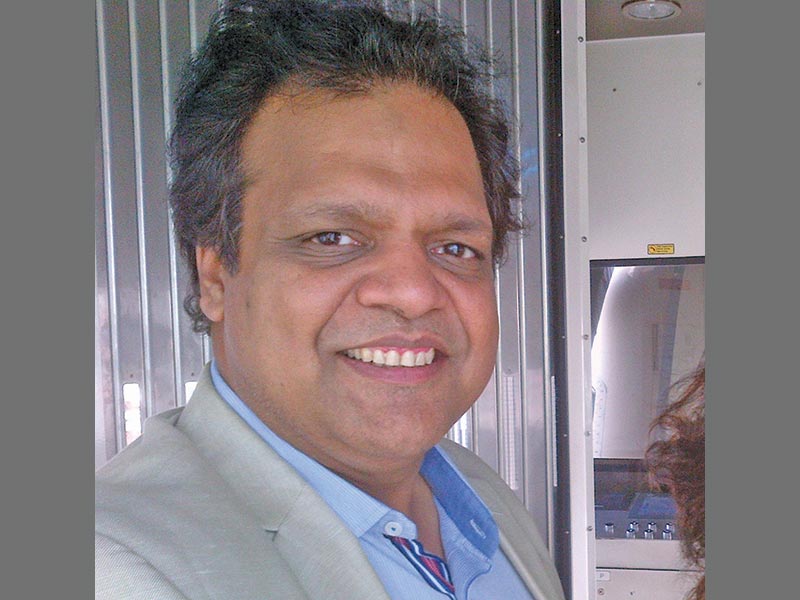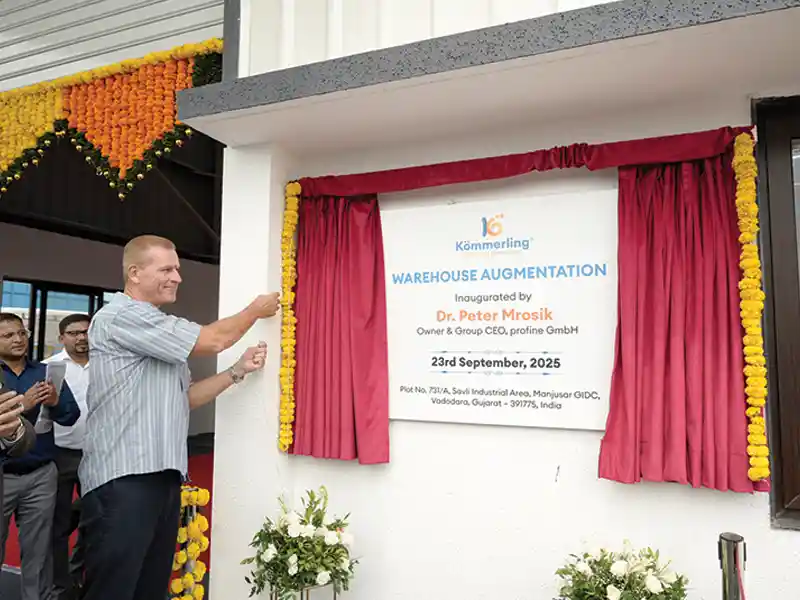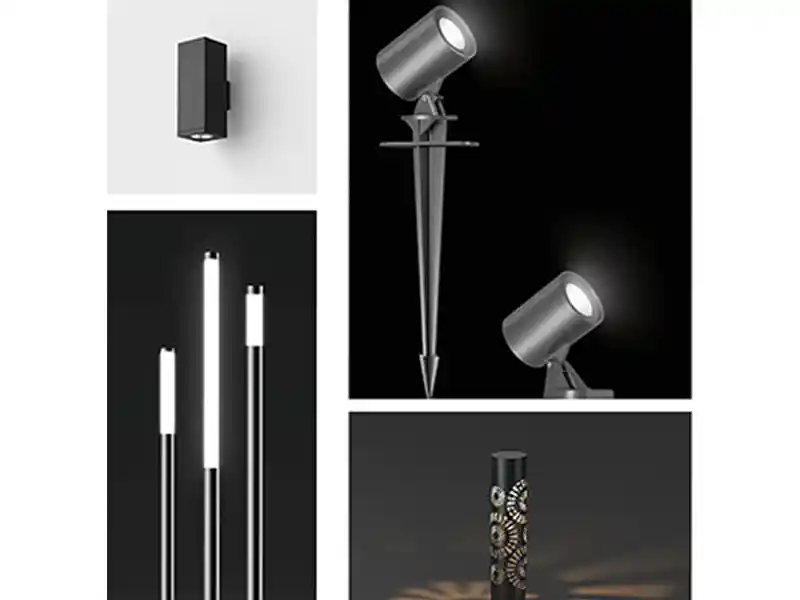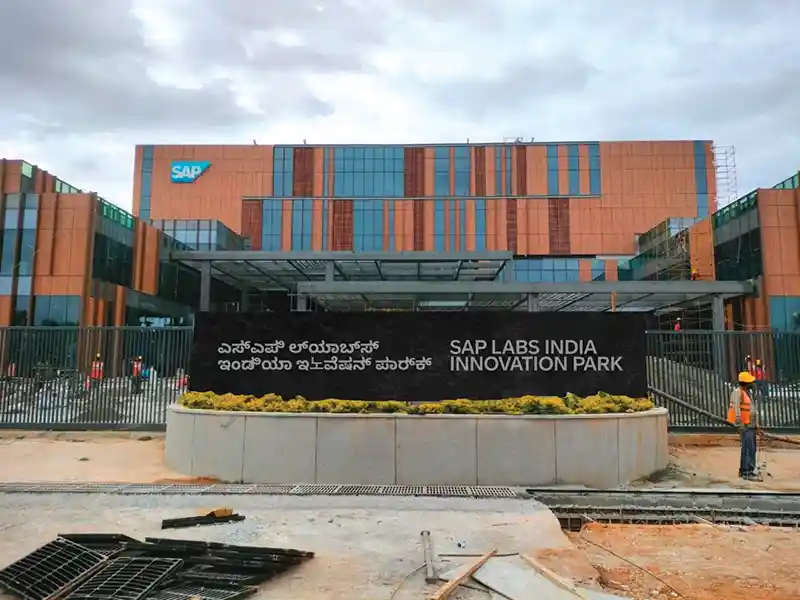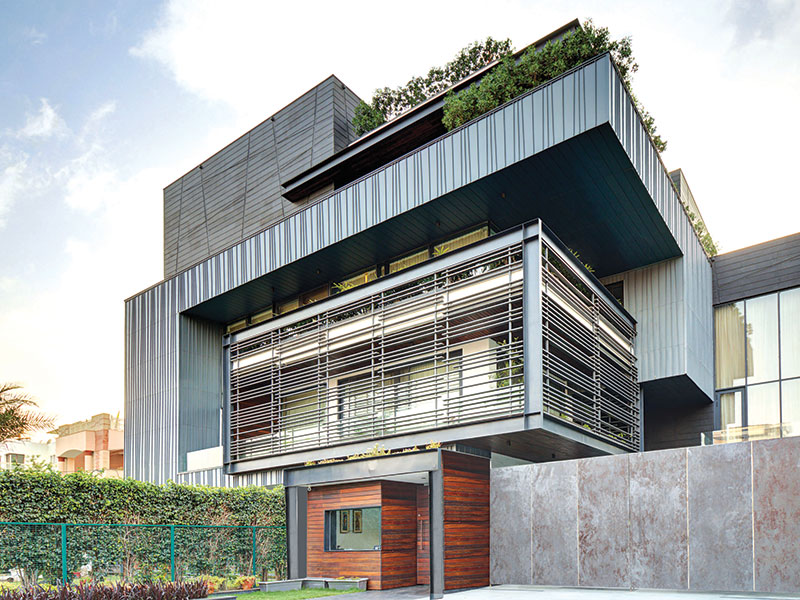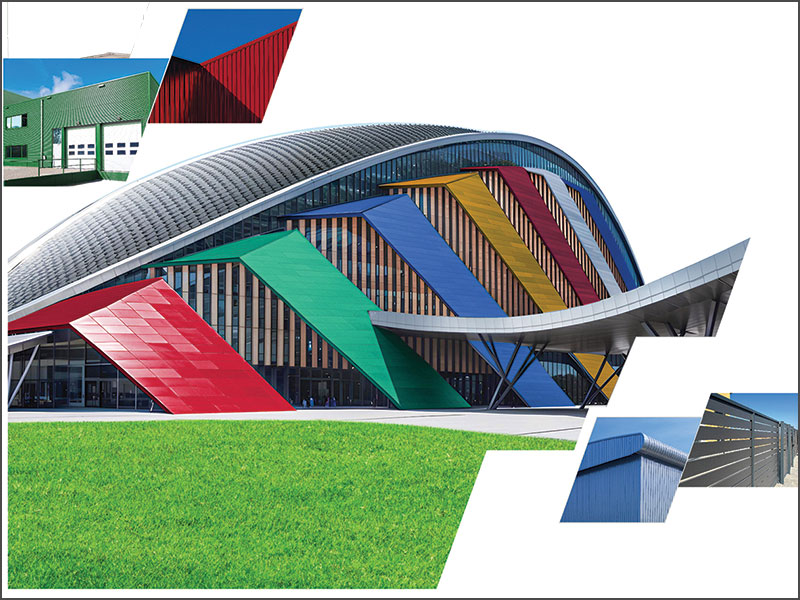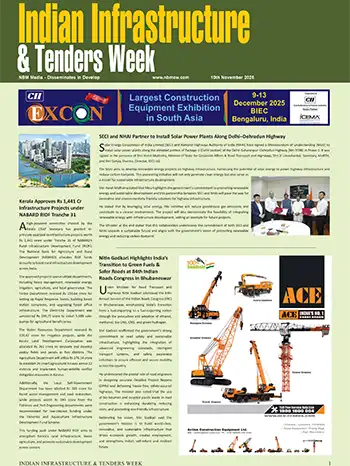Façade Consultant Ar. Harish Gupta, Habitat n Skins
Metro cities, especially, have to contend with noise pollution – an issue that’s often ignored while budgeting for a modern facade building. Buildings that need special attention towards sound control like hospitals, educational institutes, hotels and office buildings, which usually face busy streets or are in the vicinity of railway lines, state highways, airports and flight landing funnels, need to be designed keeping in mind the sound comfort levels required by the inhabitants.
Some simple definitions of sound:
Speed of sound is:
0m/s in vacuum
60 to 150 m/s in various rubbers and hydrocarbon materials
343 m/s in air
about 1500 m/s in water
3000 to 6400 m/s in various solids like glass, steel, copper, aluminum, concrete, etc
Pitch or Frequency of sound is measured in hertz (Hz). For sound, this means the number of pressure waves per second that would move past a fixed point. It is also the same as the number of vibrations per second the particles are making as they transmit the sound. The distance between one wave and the next gives the wavelength; this can vary from micrometers to even a 100 m.
Decibel is a unit of sound measurement that tells you exactly how loud a sound is. While a whisper is about 15 decibels, an electric saw is about 120 decibels. The threshold of pain is 130 decibels. Indoor decibel desired is 30 to 40 db for residential, commercial, and institutional buildings.
Understanding sound is the first step to designing a good acoustic facade. It is important to identify all the surfaces that can transmit the sound inside and ensure that they are acoustically treated and isolated to minimize noise and achieve a comfortable, noise-free environment indoorsThis email address is being protected from spambots. You need JavaScript enabled to view it.
In general, the street average noise can be between 60 to 80 db. Any facade than can reduce sound from 35 to 40 db can be considered as a reasonably good facade to achieve indoor decibel levels below 40 db. This does not take into consideration the noise from fans, air-conditioners, and other internal noise emitters. Since they are created indoors, they have no correlation to the performance of the facade for sound transmission inside. But they can be controlled by acoustic treatment of the interiors.
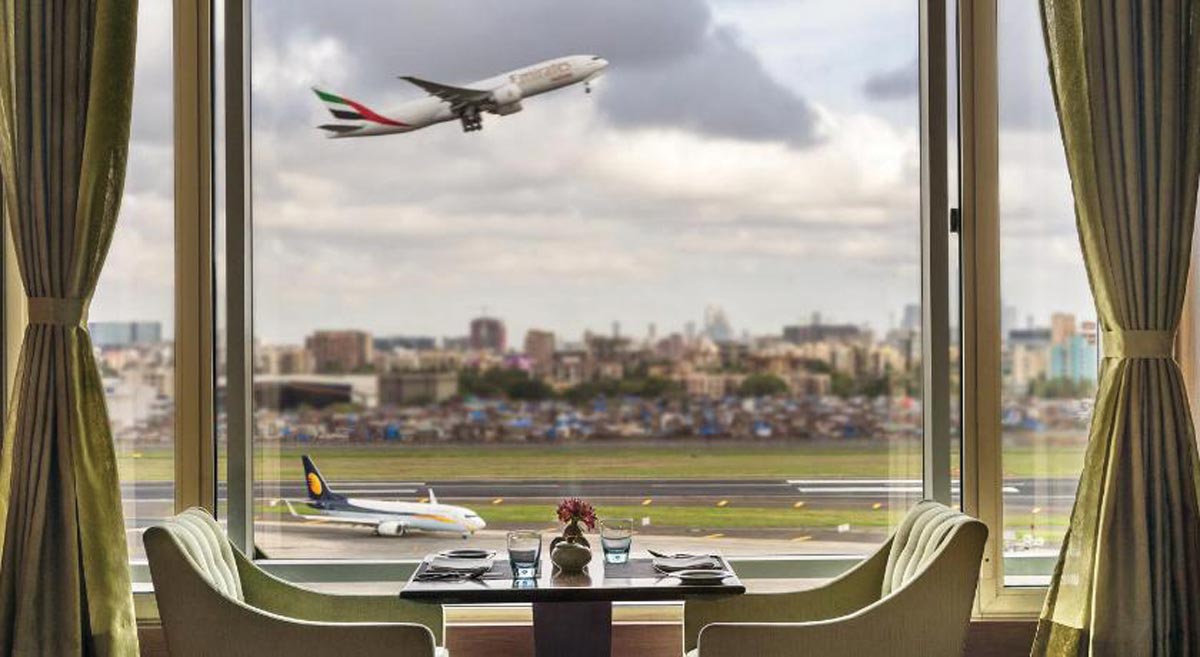
When buildings face a very noisy exterior environment like railway lines or an aircraft path, or a very busy highway, special facades need to be designed for such locations. A double glass (DGU) facade will generally give a 30 to 33 db sound reduction. If the same facade is done with laminated glass DGU with special sound reduction interfaces, then it’s possible to achieve approx 40 db reduction. But in case of higher sounds (as mentioned above) the glazing may have to be done with double air gap or even triple air gap glazing or a ventilated double skin façade with specialized sound isolators at junctions. The design of such facades takes a highly technical approach with detailed analysis of sound source and its quality which will affect the target locations in a building that is most affected by high intensity sound.
Many building facades are designed with sunshades devices or even metallic double skin. But if sound transmission is not isolated properly, they can become sound collectors and transfer the sound to the structure, rendering the acoustic balance achieved by superior glass useless. While designing a façade, a holistic approach is necessary to ensure that solving one problem should not create a new one. Merely specifying a good glass is a job half done and does not stop at that.
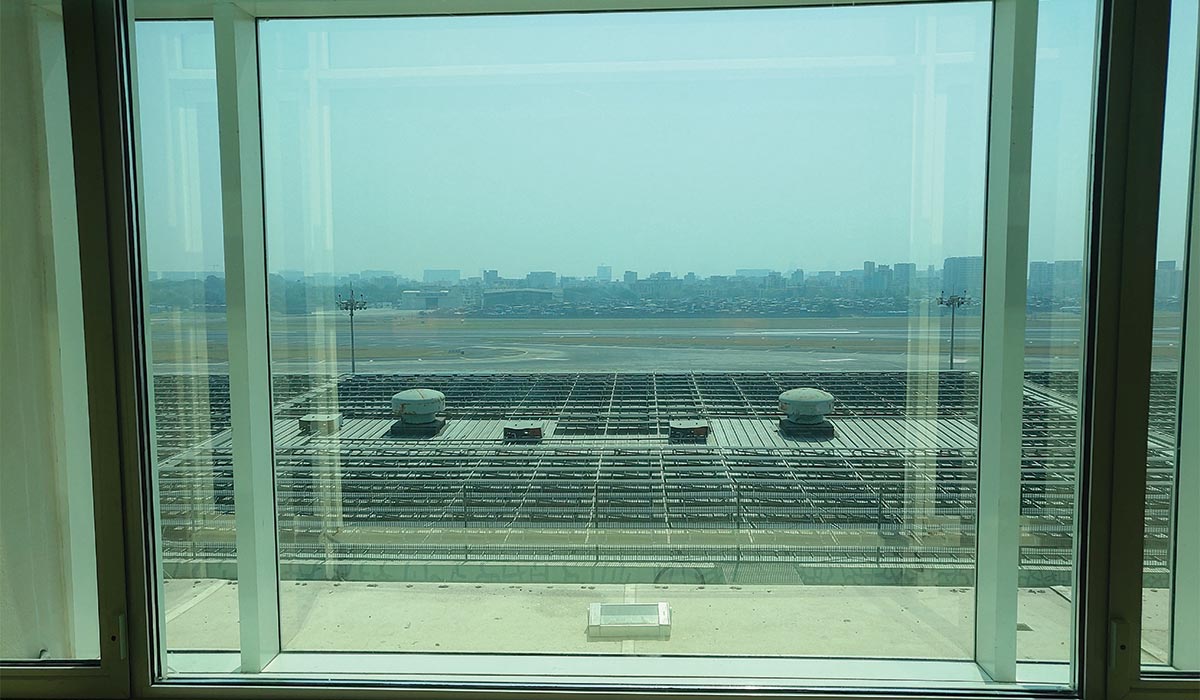
A classic example of sound insulated facade can be seen in the design of Taj hotel at Mumbai T1 terminal which faces the airport runway. The facade is a double skin glass facade with the inner layer laminated DGU room windows and the second skin of fixed glazing with a air space separating from the windows. The outer facade is well isolated from the inner windows and one can see the results achieved in the rooms which are in the range of 25 to 30 db, even during flights landing or taking off.
Aircrafts produce very high frequency sound because of their high-speed jet engine. The high sound is due to the very short wavelengths and high frequency and there are more sound pulses per second. Different mediums have different rates of sound propagation as mentioned in the definitions above. It is the skill and knowledge of the façade designer to integrate and select the right material. Aesthetic balance must be created after the selection and detailing of required functional material for sound reduction.

